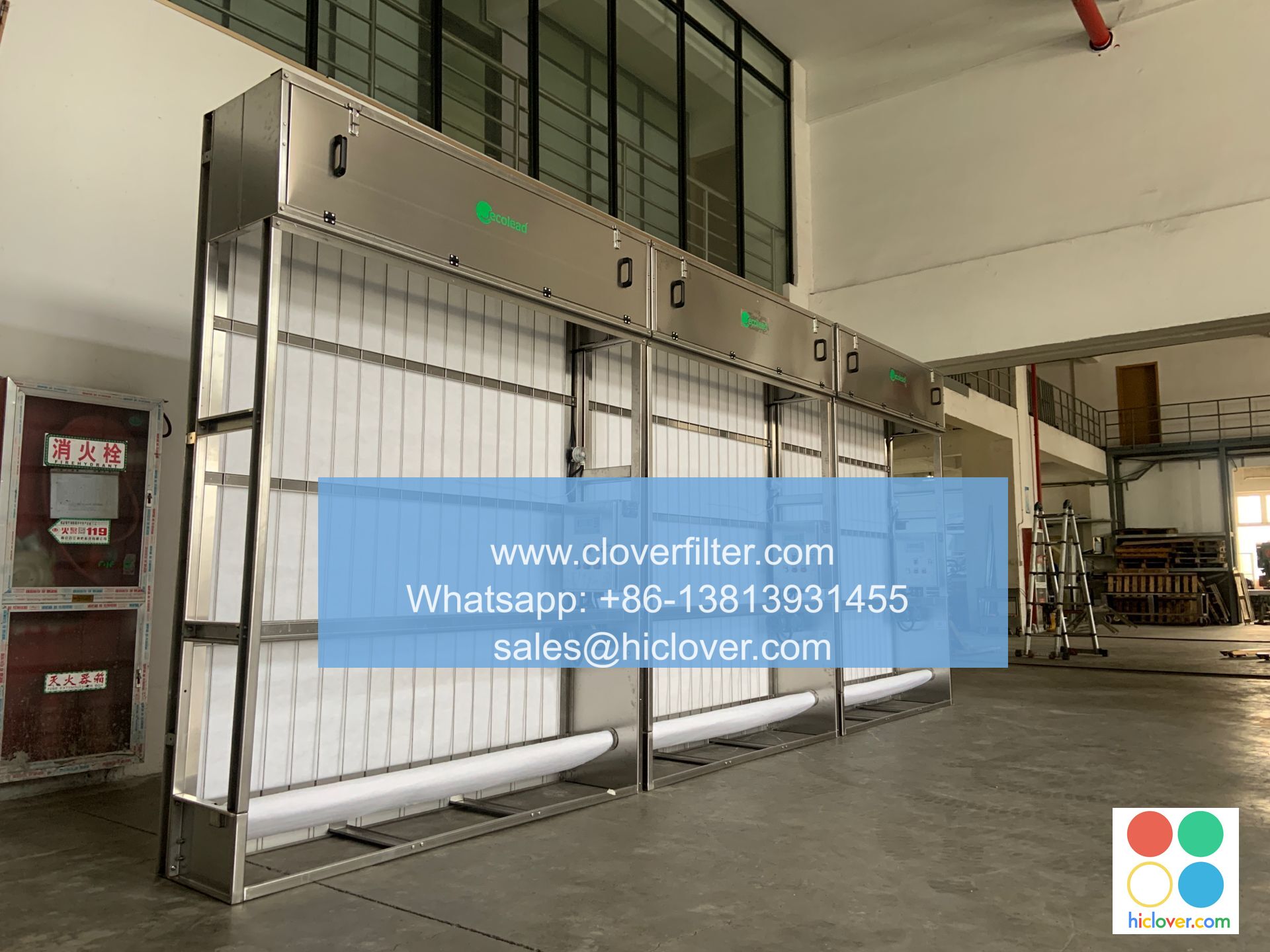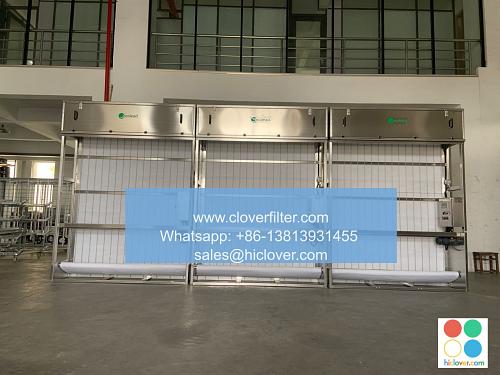The Role of Air Filter Distribution in Building Envelope Operations

Air filter distribution plays a vital role in building envelope operations, ensuring the overall health, safety, and energy efficiency of a building. The building envelope, comprising the exterior walls, roof, and floors, acts as a barrier between the indoor and outdoor environments. A well-designed air filter distribution system is essential to maintain good indoor air quality (IAQ), reduce the risk of airborne contaminants, and optimize the building’s energy performance.
Introduction to Air Filter Distribution
Air filter distribution involves the strategic placement of air filters within the building’s HVAC (heating, ventilation, and air conditioning) system to clean and purify the air. The primary objective is to remove airborne particles, gases, and volatile organic compounds (VOCs) that can compromise IAQ. By distributing air filters effectively, building owners and operators can enhance the overall building envelope performance, creating a healthier and more comfortable indoor environment for occupants.
Key Application Areas for Air Filter Distribution
Air filter distribution is crucial in various application areas, including:
* Commercial buildings: Offices, shopping centers, and hotels require efficient air filter distribution to maintain a healthy and productive environment for employees, customers, and guests.
* Healthcare facilities: Hospitals, clinics, and nursing homes demand high-level air filtration to prevent the spread of airborne diseases and ensure patient safety.
* Industrial settings: Manufacturing facilities, warehouses, and laboratories require specialized air filter distribution systems to control airborne contaminants and maintain process integrity.
* Residential buildings: Single-family homes, apartments, and condominiums benefit from effective air filter distribution to improve IAQ and reduce energy consumption.
Benefits of Air Filter Distribution in Building Envelope Operations
The integration of air filter distribution into building envelope operations offers numerous benefits, including:
* Improved indoor air quality (IAQ): By removing airborne pollutants, air filter distribution helps to create a healthier indoor environment, reducing the risk of respiratory problems and other health issues.
* Energy efficiency: A well-designed air filter distribution system can optimize HVAC system performance, reducing energy consumption and costs.
* Extended equipment lifespan: Proper air filter distribution helps to prevent equipment damage and extends the lifespan of HVAC components, reducing maintenance and replacement costs.
* Compliance with regulations and standards: Effective air filter distribution ensures compliance with relevant regulations, such as ASHRAE (American Society of Heating, Refrigerating, and Air-Conditioning Engineers) standards, and industry guidelines.
Best Practices for Air Filter Distribution
To ensure the effective distribution of air filters in building envelope operations, consider the following best practices:
* Conduct regular filter maintenance: Schedule regular filter inspections, cleaning, and replacements to ensure optimal performance.
* Choose the right filter type: Select filters that are suitable for the specific application, taking into account factors such as particle size, air flow rates, and pressure drops.
* Optimize filter placement: Strategically locate filters within the HVAC system to maximize air cleaning efficiency and minimize energy consumption.
* Monitor and control air filter distribution: Implement a building management system (BMS) or energy management system (EMS) to monitor and control air filter distribution, ensuring optimal performance and energy efficiency.
In conclusion, air filter distribution plays a critical role in building envelope operations, ensuring good IAQ, energy efficiency, and equipment performance. By understanding the key application areas, benefits, and best practices for air filter distribution, building owners and operators can create a healthier, more sustainable, and energy-efficient indoor environment for occupants.
It looks like you’re ready to start a conversation, but you haven’t given me a specific topic or question to work with. I can help with a wide range of subjects, from science and history to entertainment and culture. If you’re looking for ideas, here are a few prompts to get us started:
- Travel: If you could travel anywhere in the world right now, where would you go and why?
- Science and Technology: What do you think is the most significant technological advancement of the past decade, and how has it impacted society?
- Books and Reading: What’s the best book you’ve read recently, and what made it stand out to you?
- Movies and TV Shows: Is there a particular genre of movies or TV shows that you’re really into right now? What do you like about it?
- Personal Development: What’s something you’re currently trying to learn or improve at, and how’s your progress?
Feel free to pick any of these topics, or if you have something entirely different on your mind, I’m here to listen and help!

